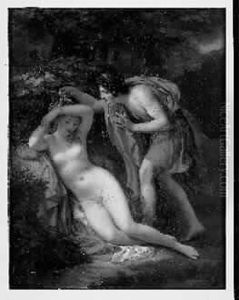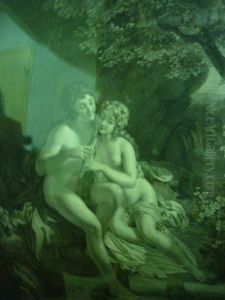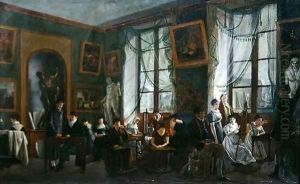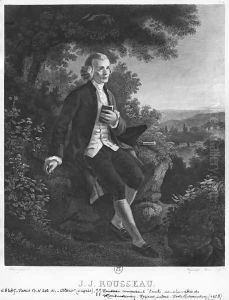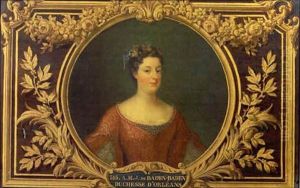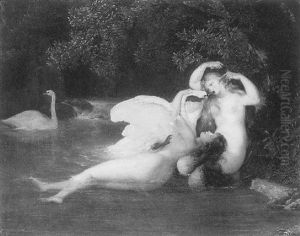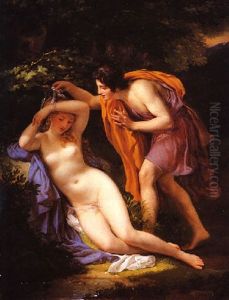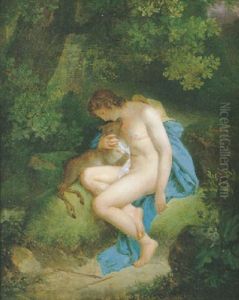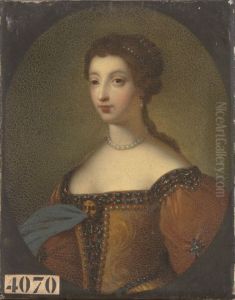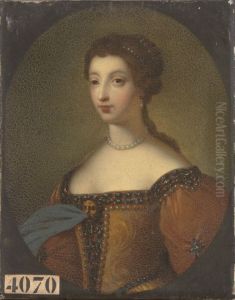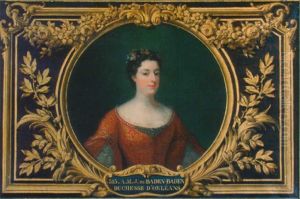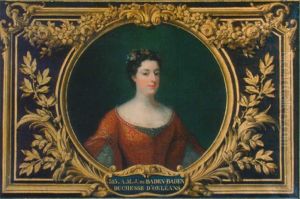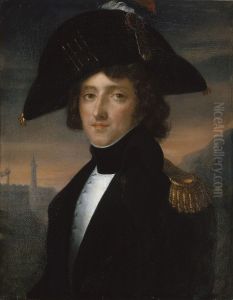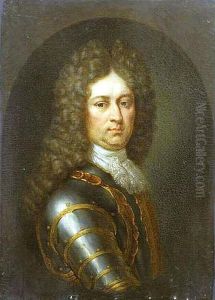Joseph Albrier Paintings
Joseph Albrier was a French painter known for his involvement in the New School of Paris, an art movement that emerged after World War II and was characterized by a diverse range of styles and abstract tendencies. Born on April 16, 1914, in Montélimar, France, Albrier's journey into the arts began with his education at the École des Beaux-Arts in Paris, where he studied under the guidance of prominent teachers such as Lucien Simon and Charles Guérin.
After completing his studies, Albrier began to develop a unique artistic voice that would evolve throughout his career. His early work was influenced by the prevailing trends of European modernism, including Cubism and Surrealism. However, as his style matured, he gravitated toward lyrical abstraction, a movement that emphasized spontaneous, free-form creation and the emotional resonance of color and form.
During the 1940s and 1950s, Albrier became associated with the New School of Paris, alongside artists like Pierre Soulages, Nicolas de Staël, and Serge Poliakoff. This informal group of artists rejected the strictures of representational art and sought new ways to express the complexities of post-war reality and human emotion.
Albrier's paintings are known for their vibrant use of color and dynamic compositions. He often employed a technique of layering and scraping paint to create textured surfaces that invite the viewer to ponder the interplay of light and shadow. His work was exhibited widely in France and internationally, contributing to the post-war renaissance of Paris as a center of artistic innovation.
Joseph Albrier's contributions to art were recognized with several awards and honors throughout his career. He continued to paint and exhibit his work until his later years, remaining an active figure in the French art scene. Albrier passed away on June 19, 1998, leaving behind a legacy that continues to be appreciated by art lovers and collectors around the world.
